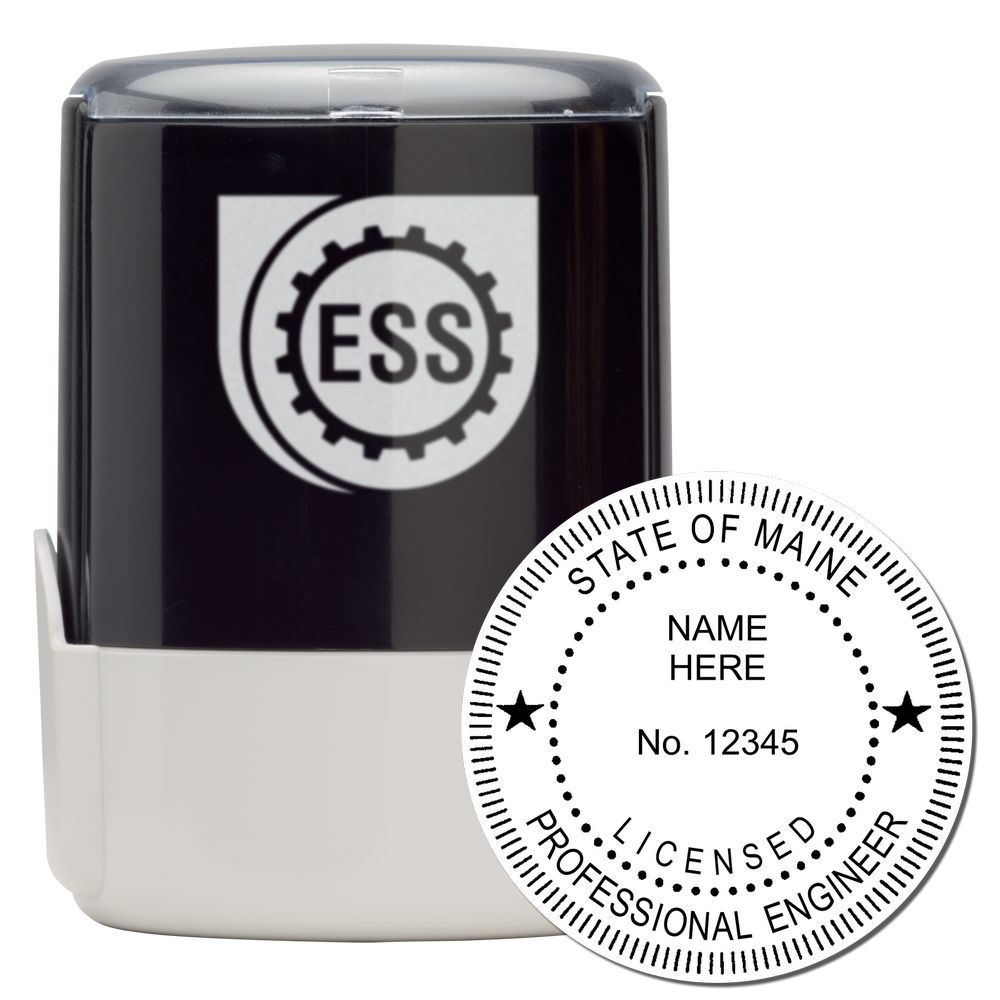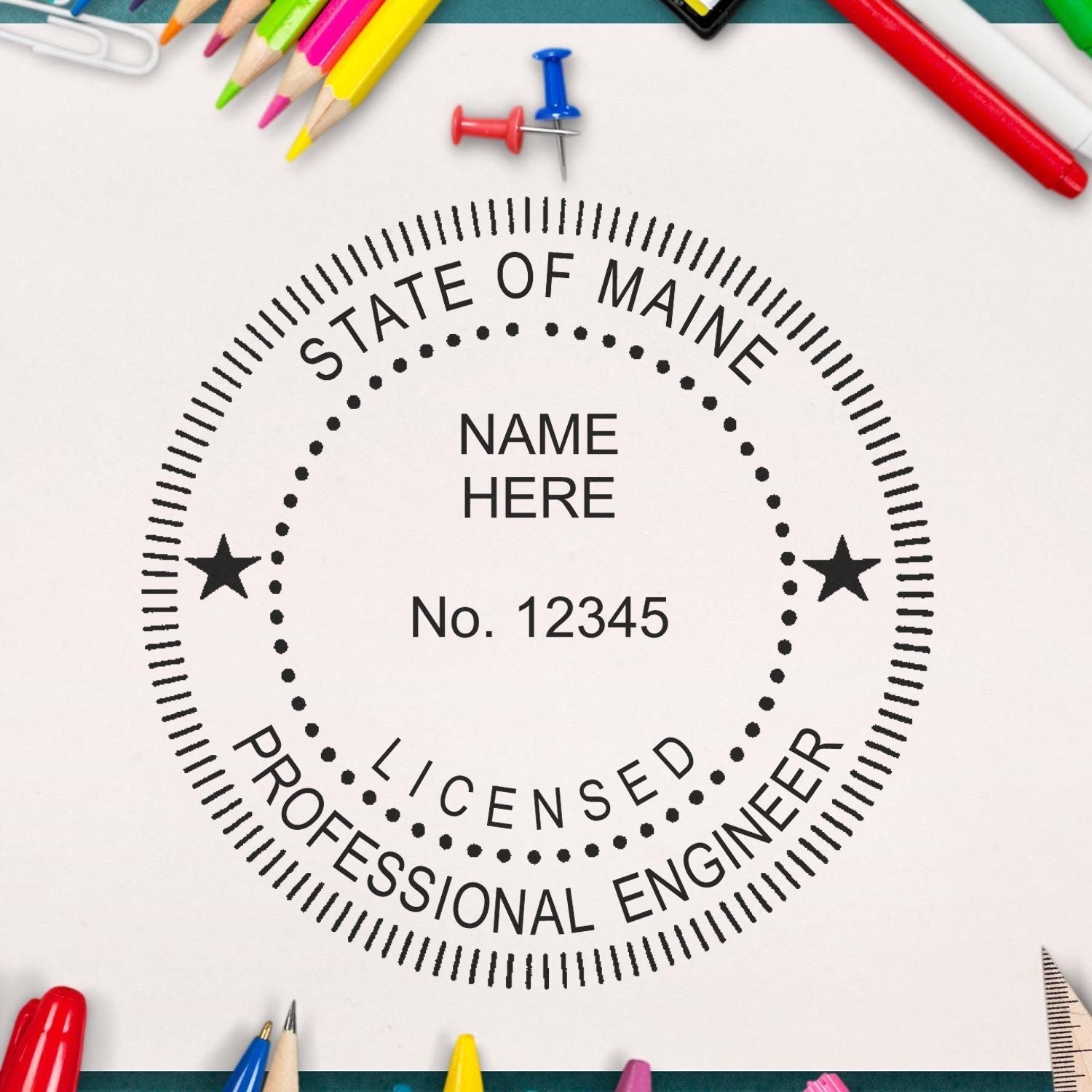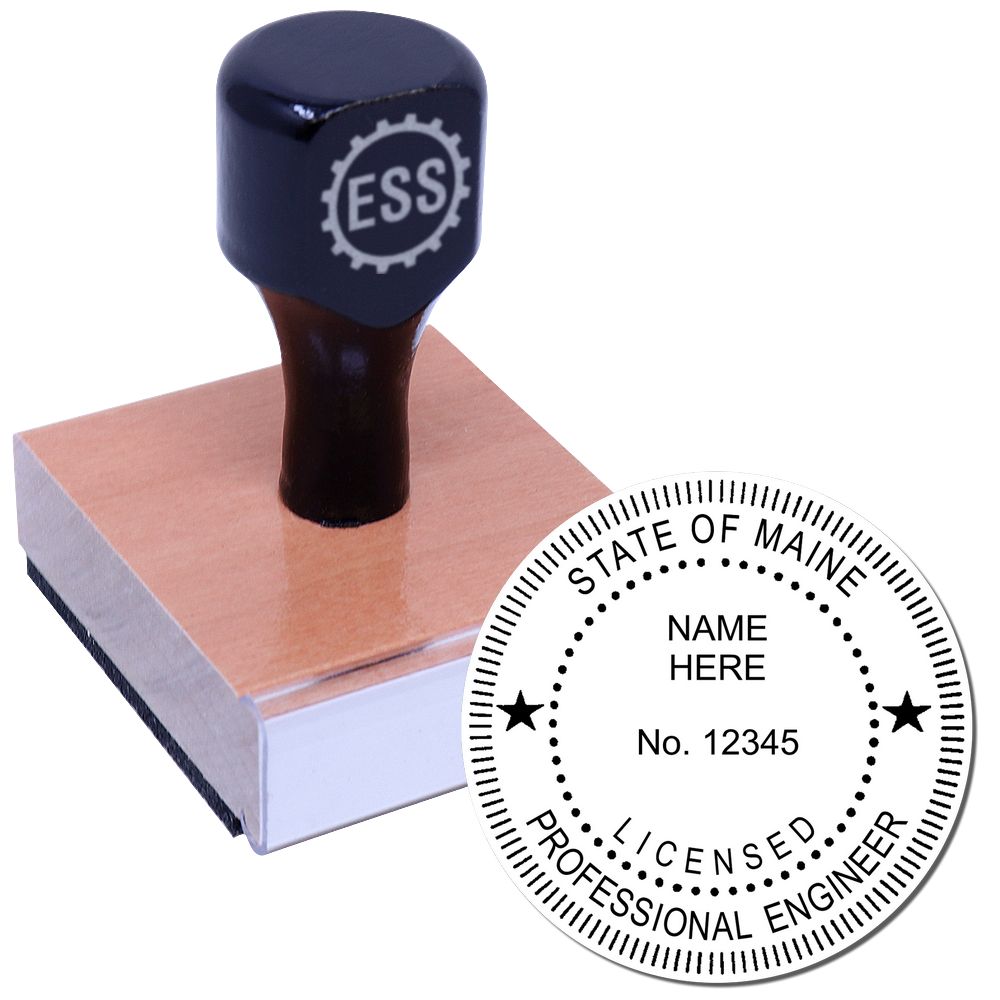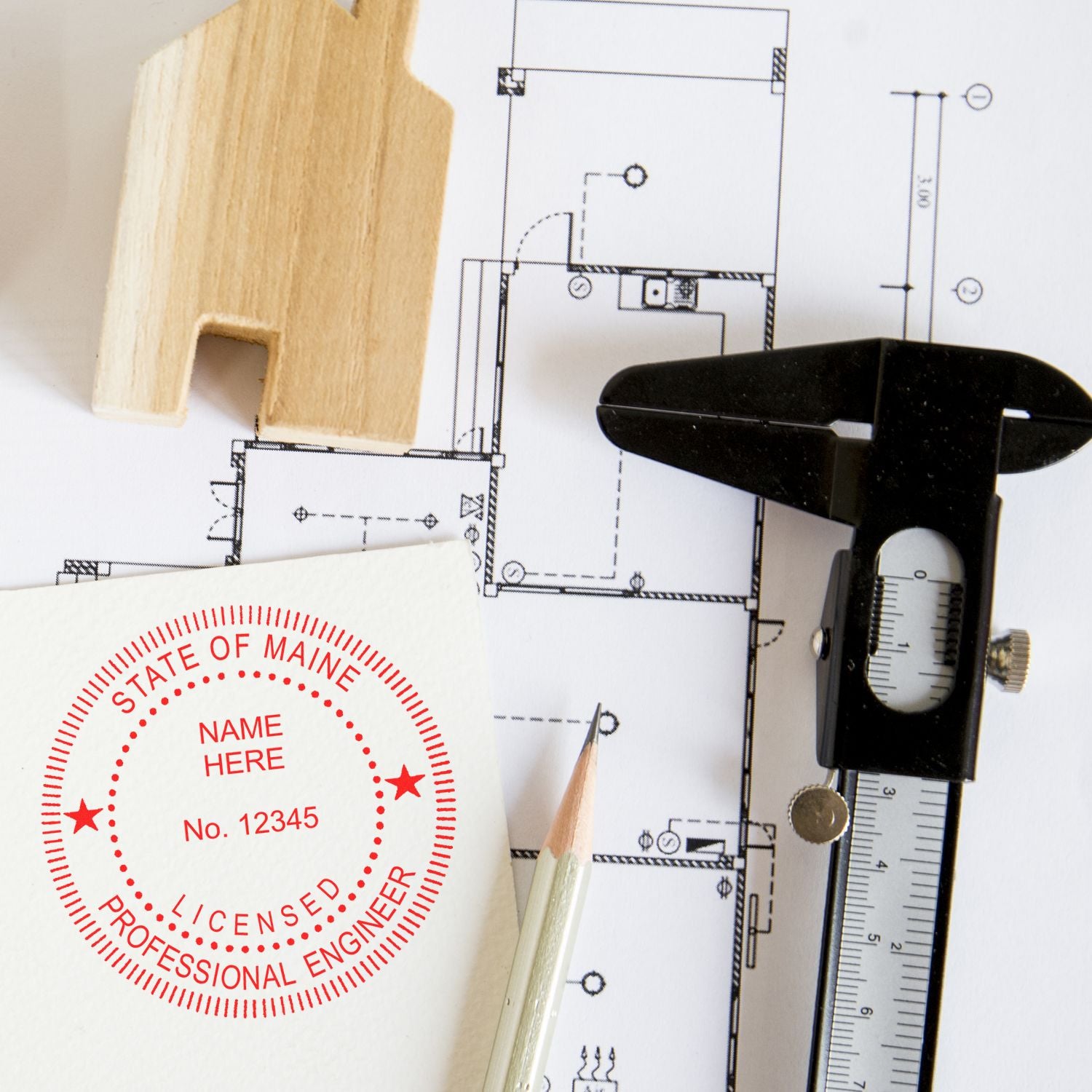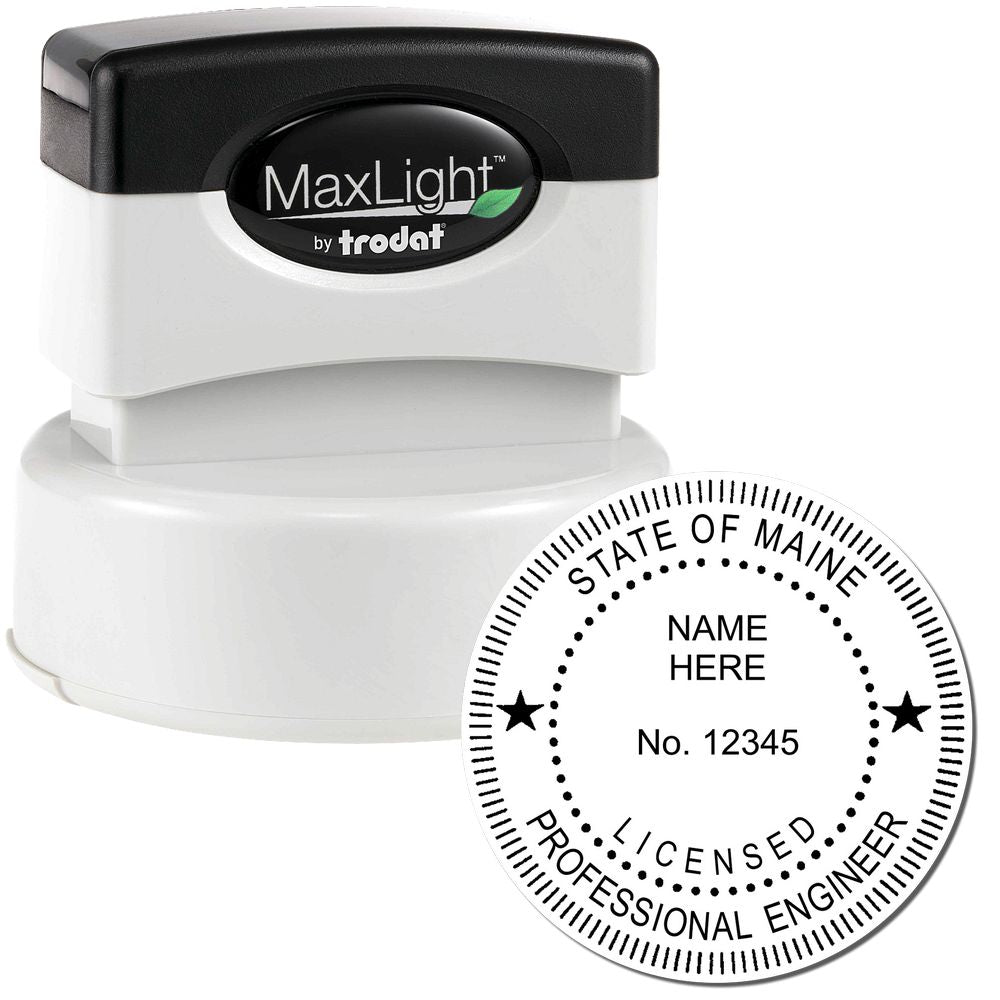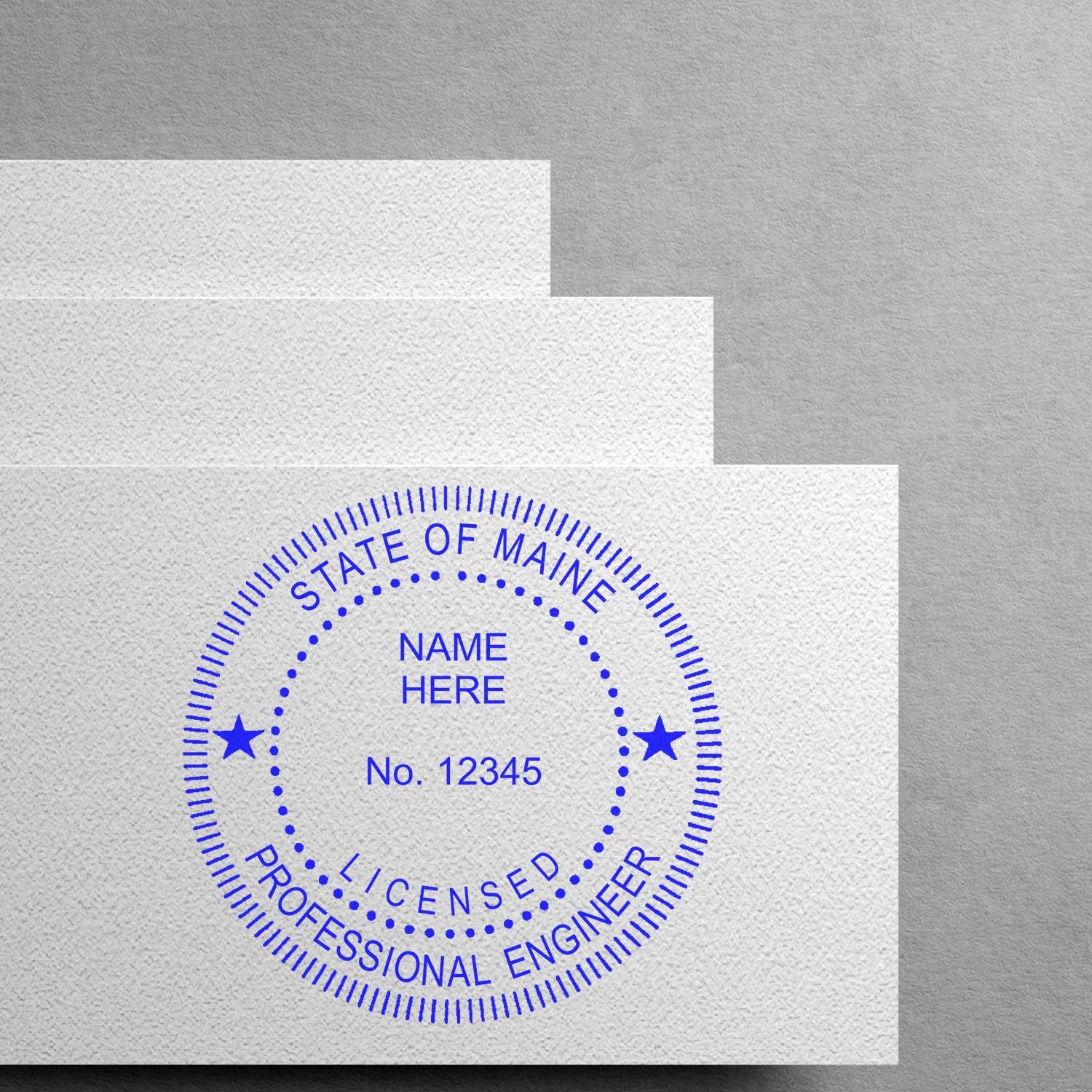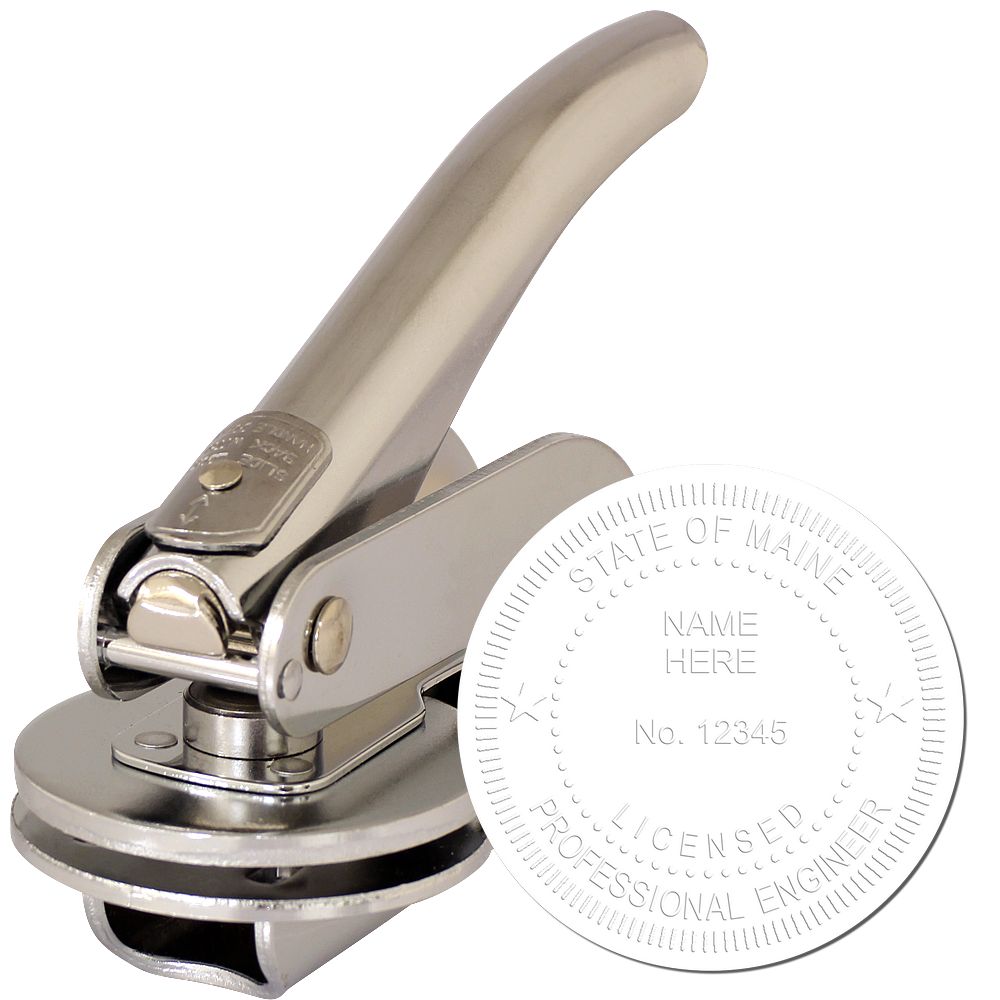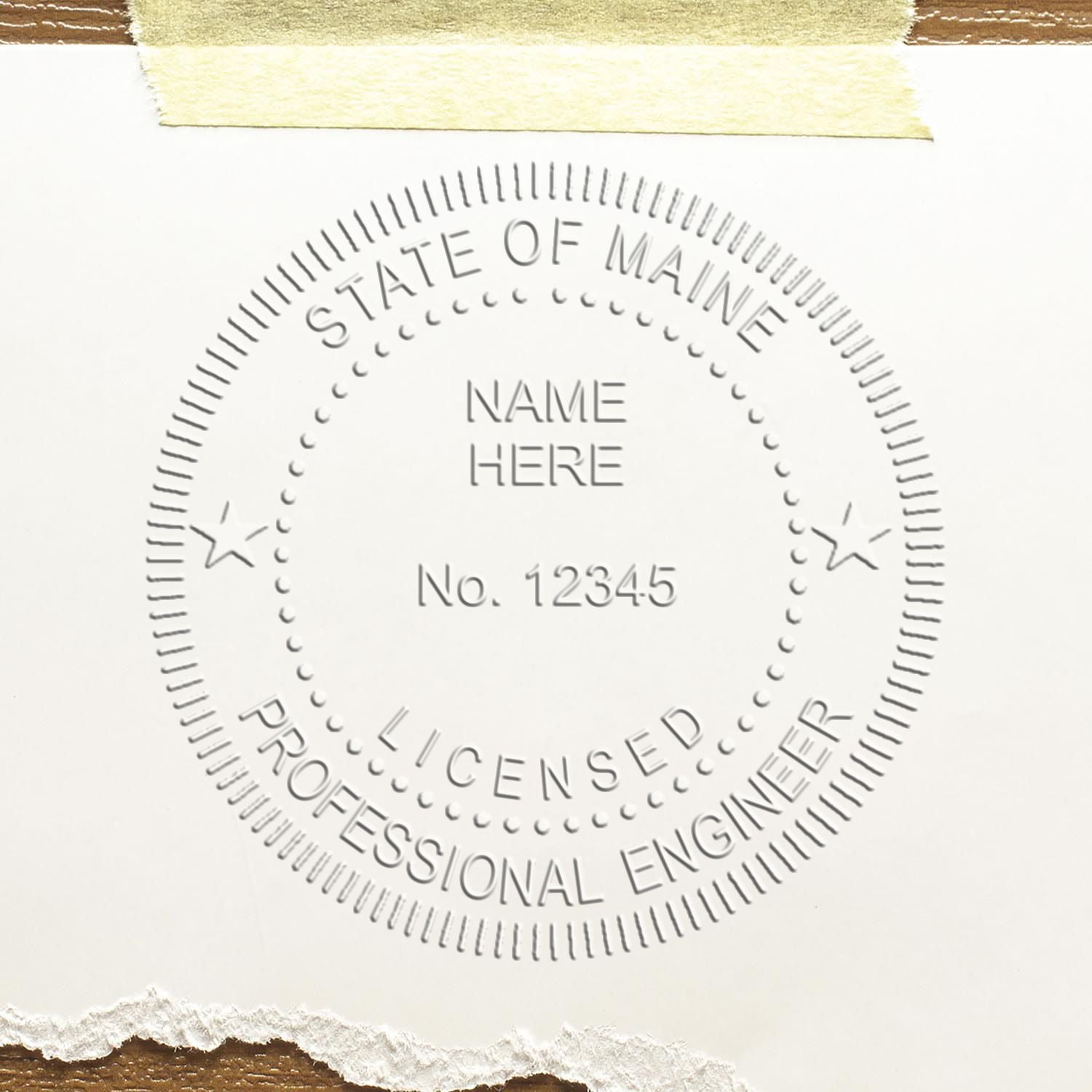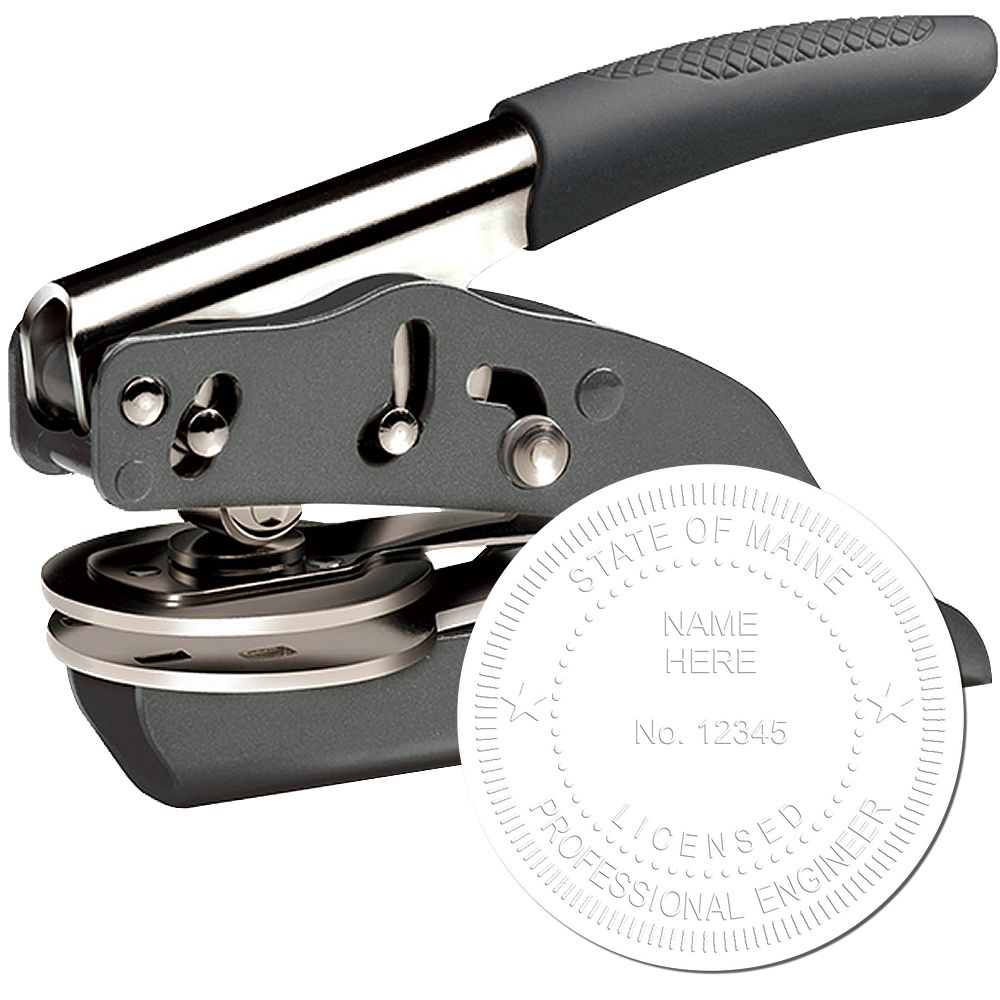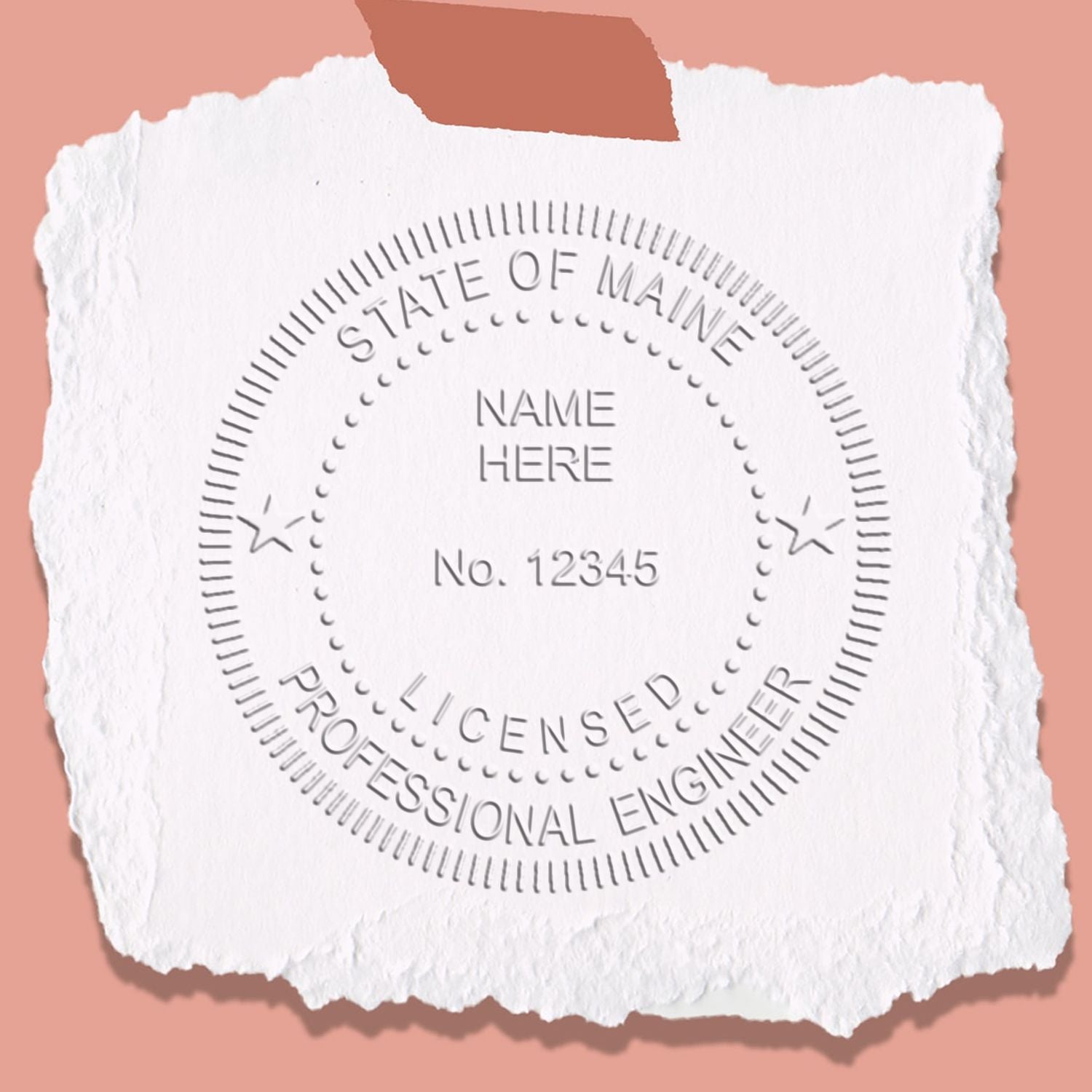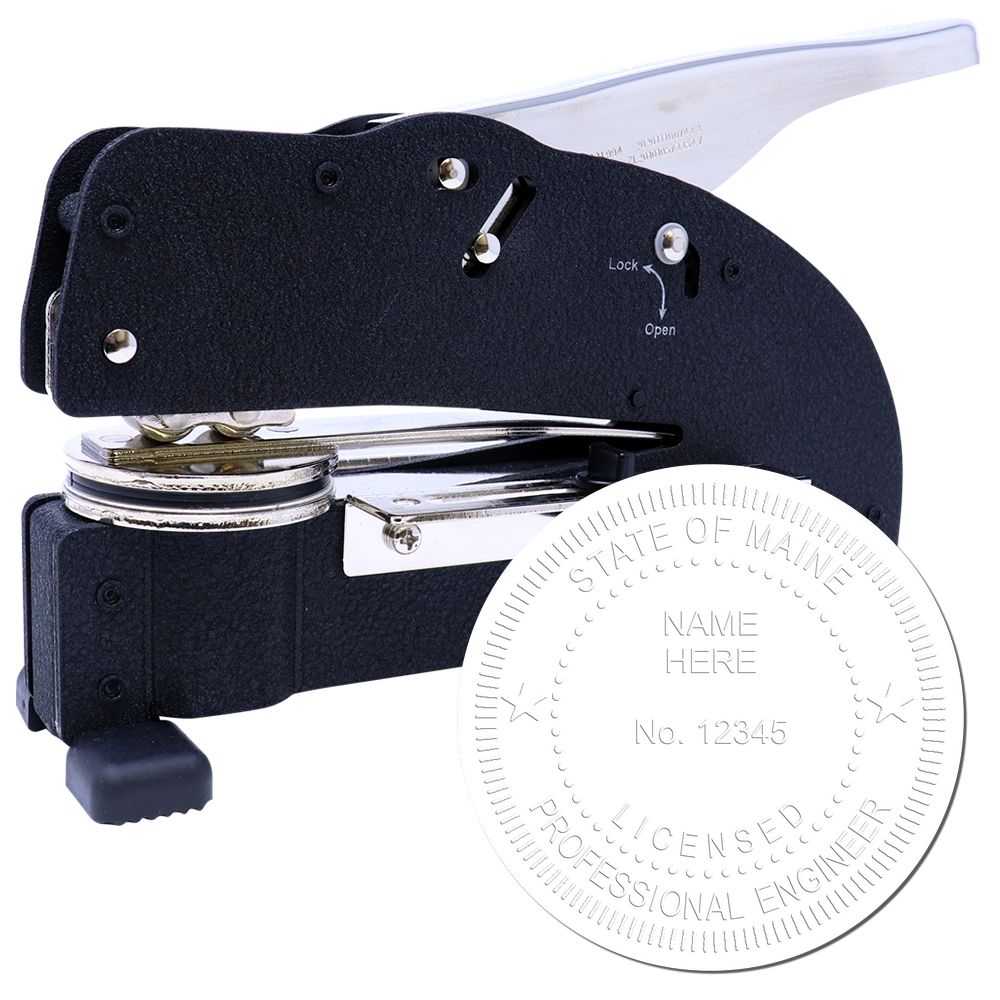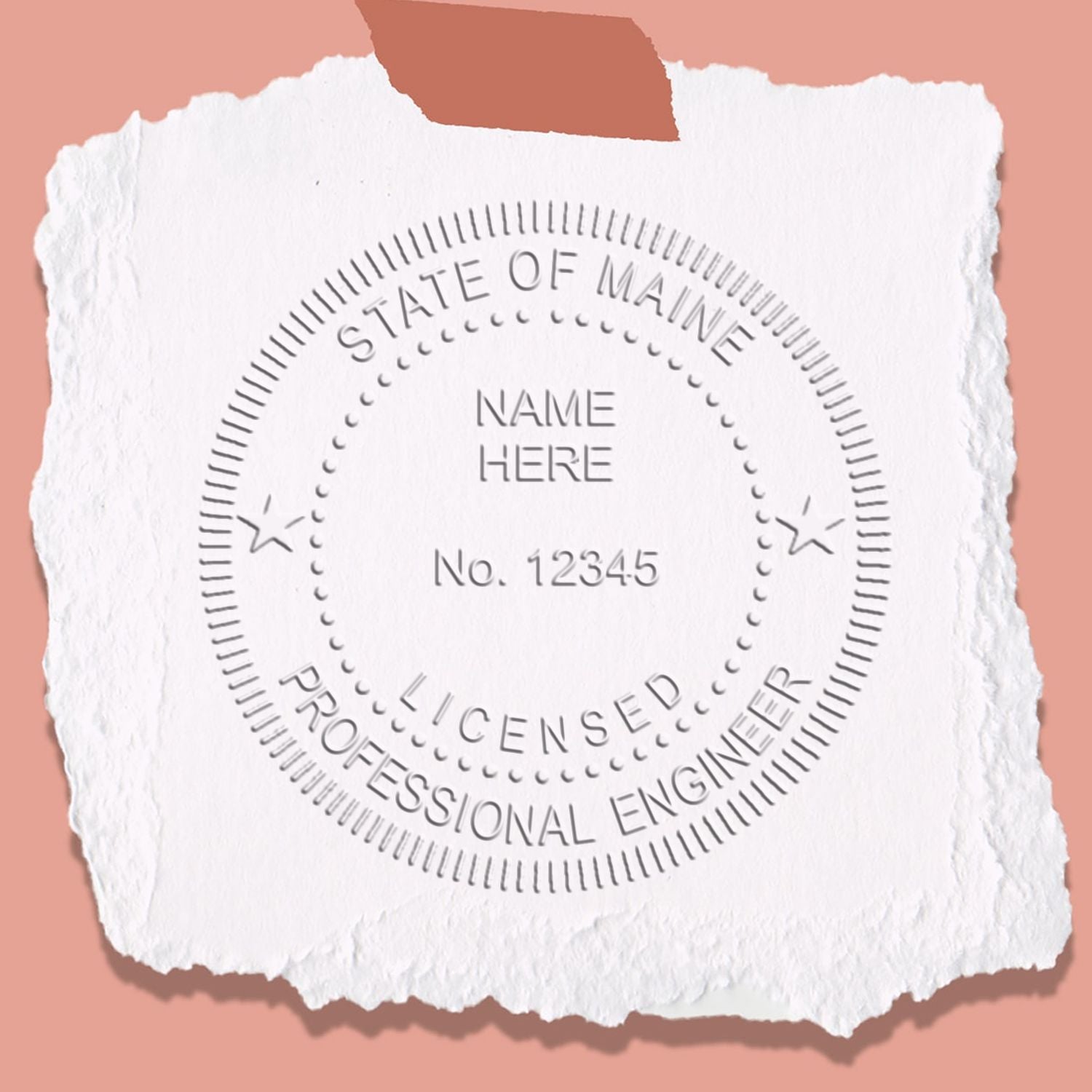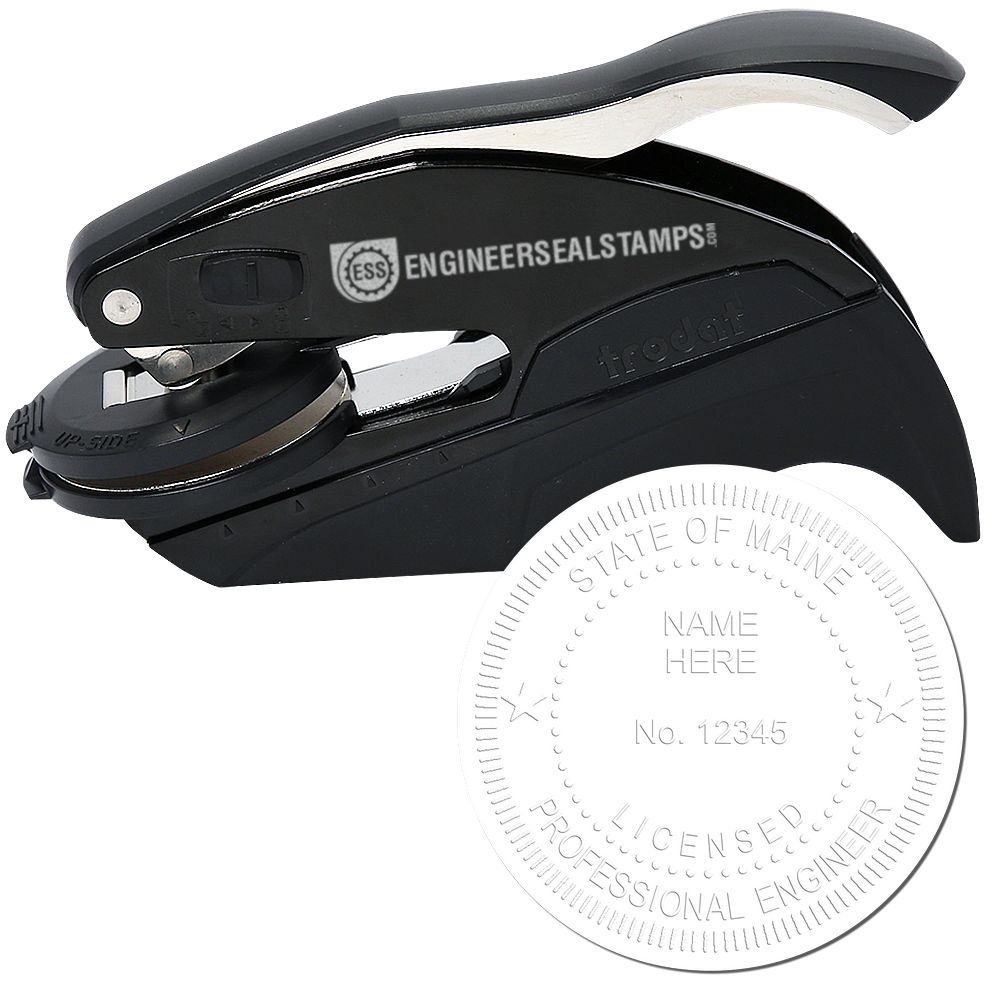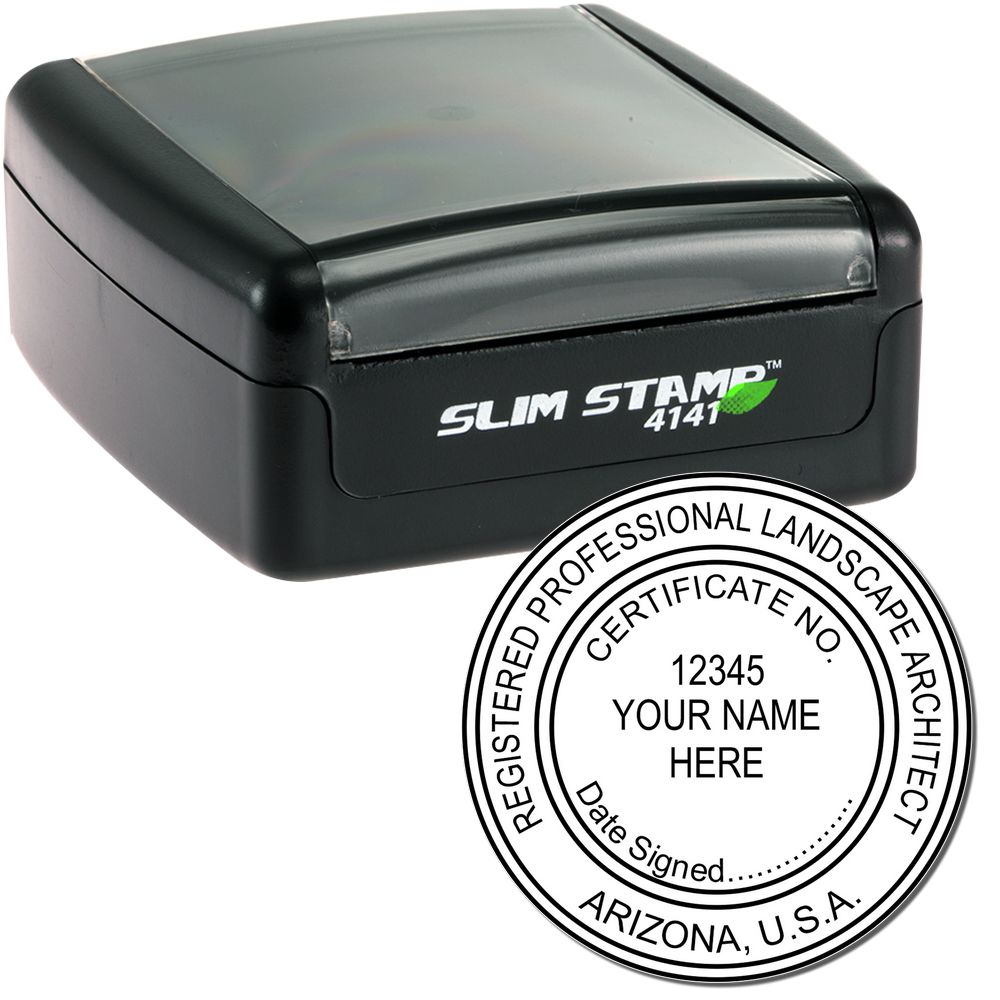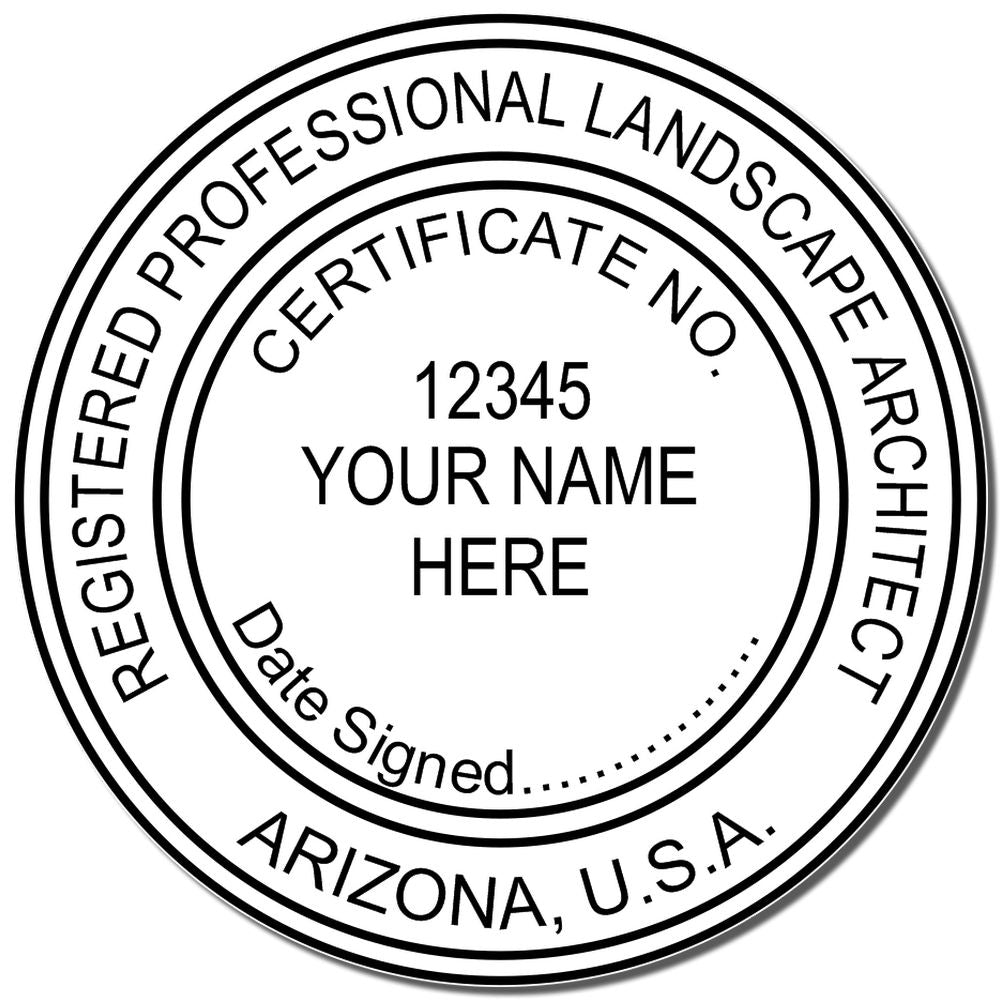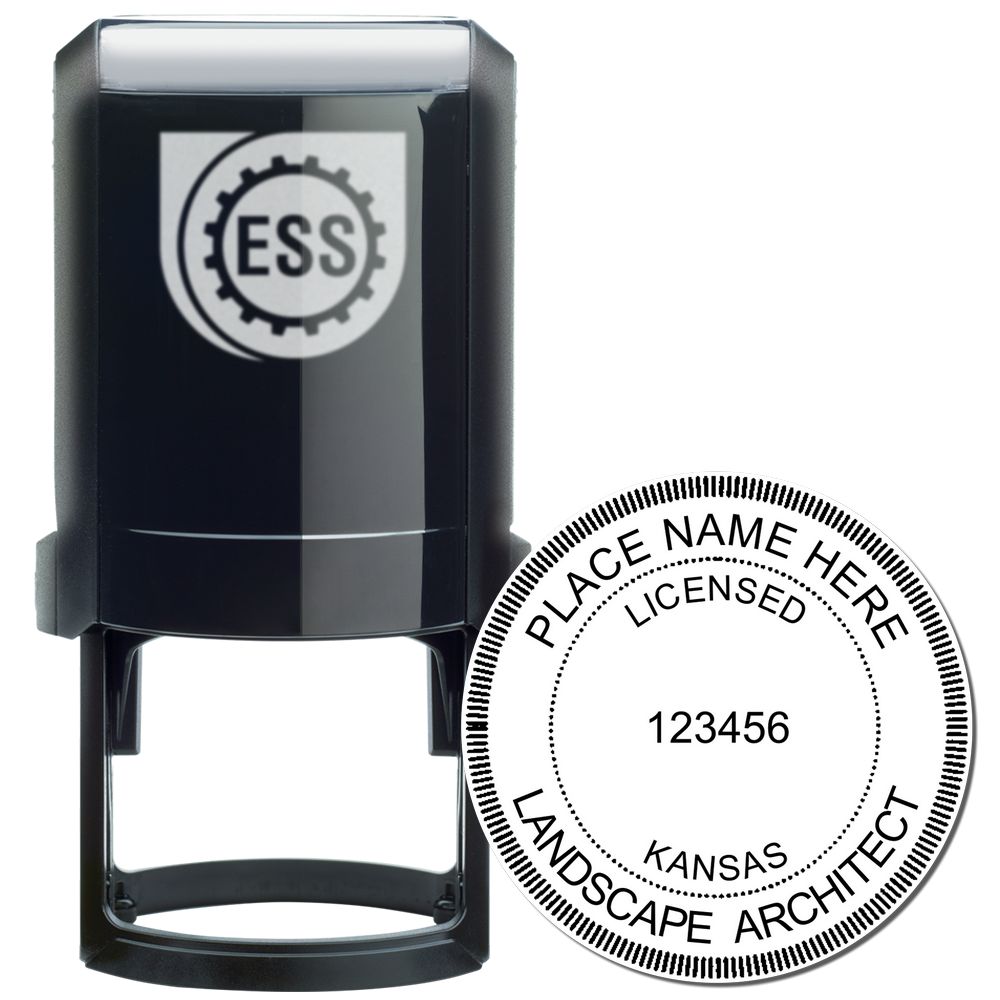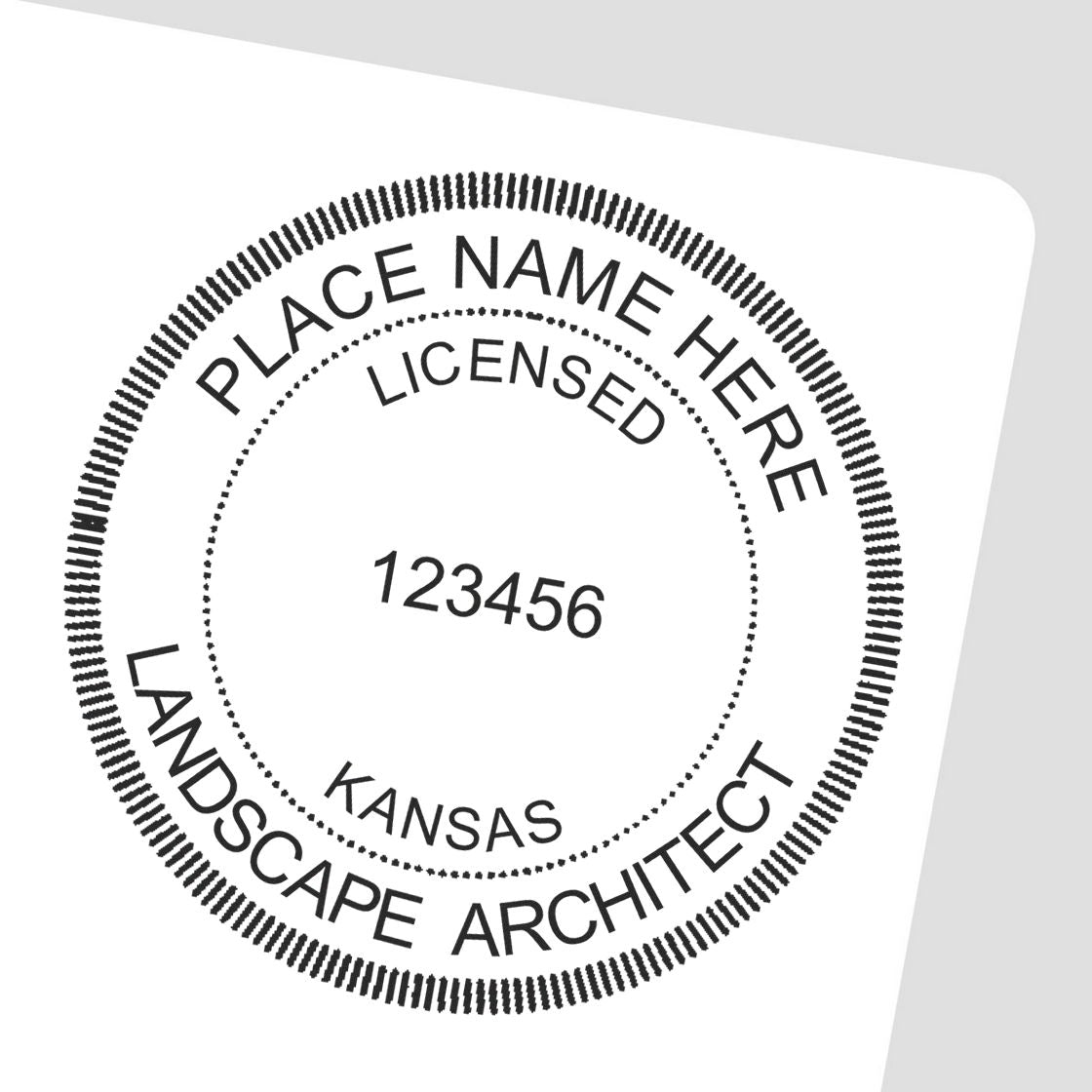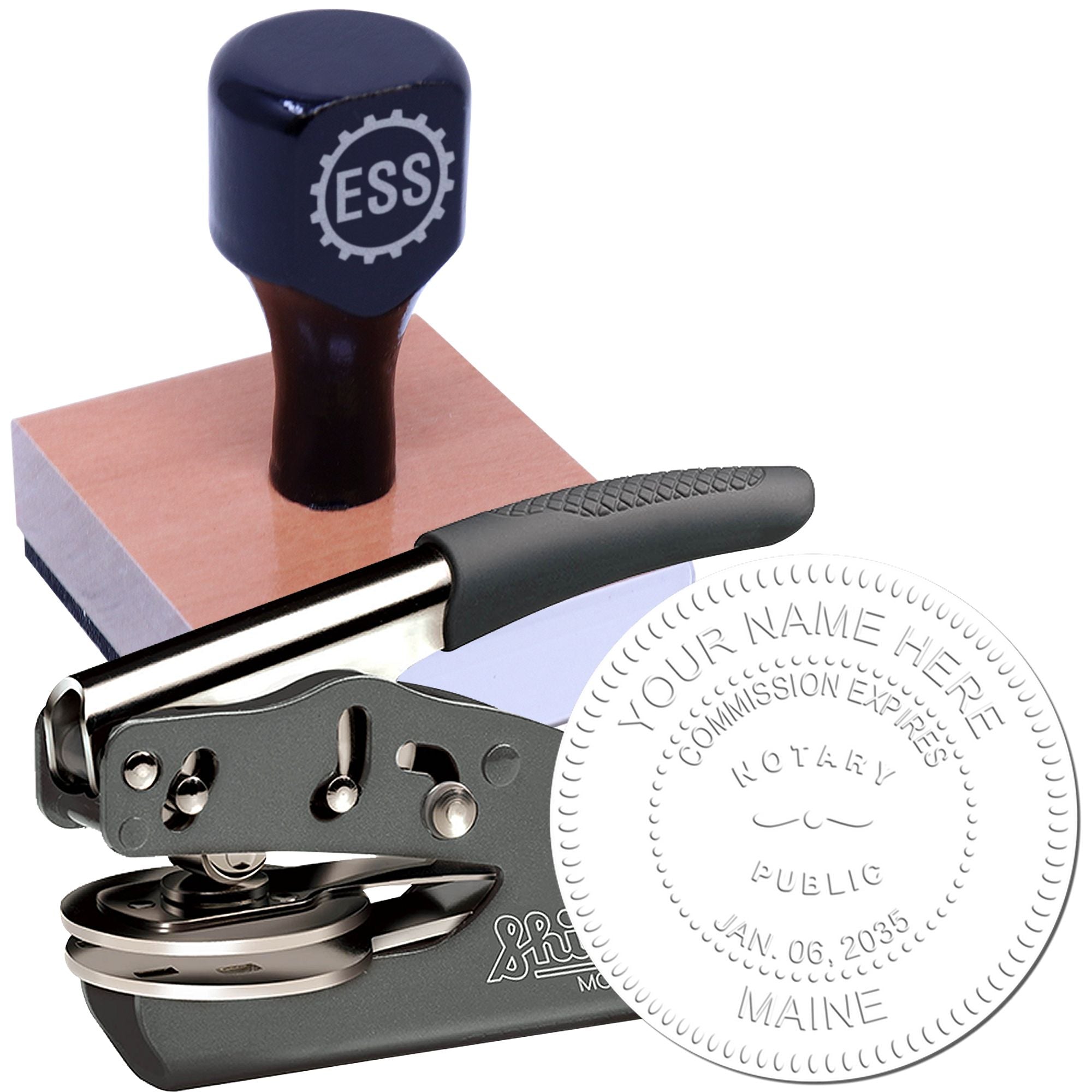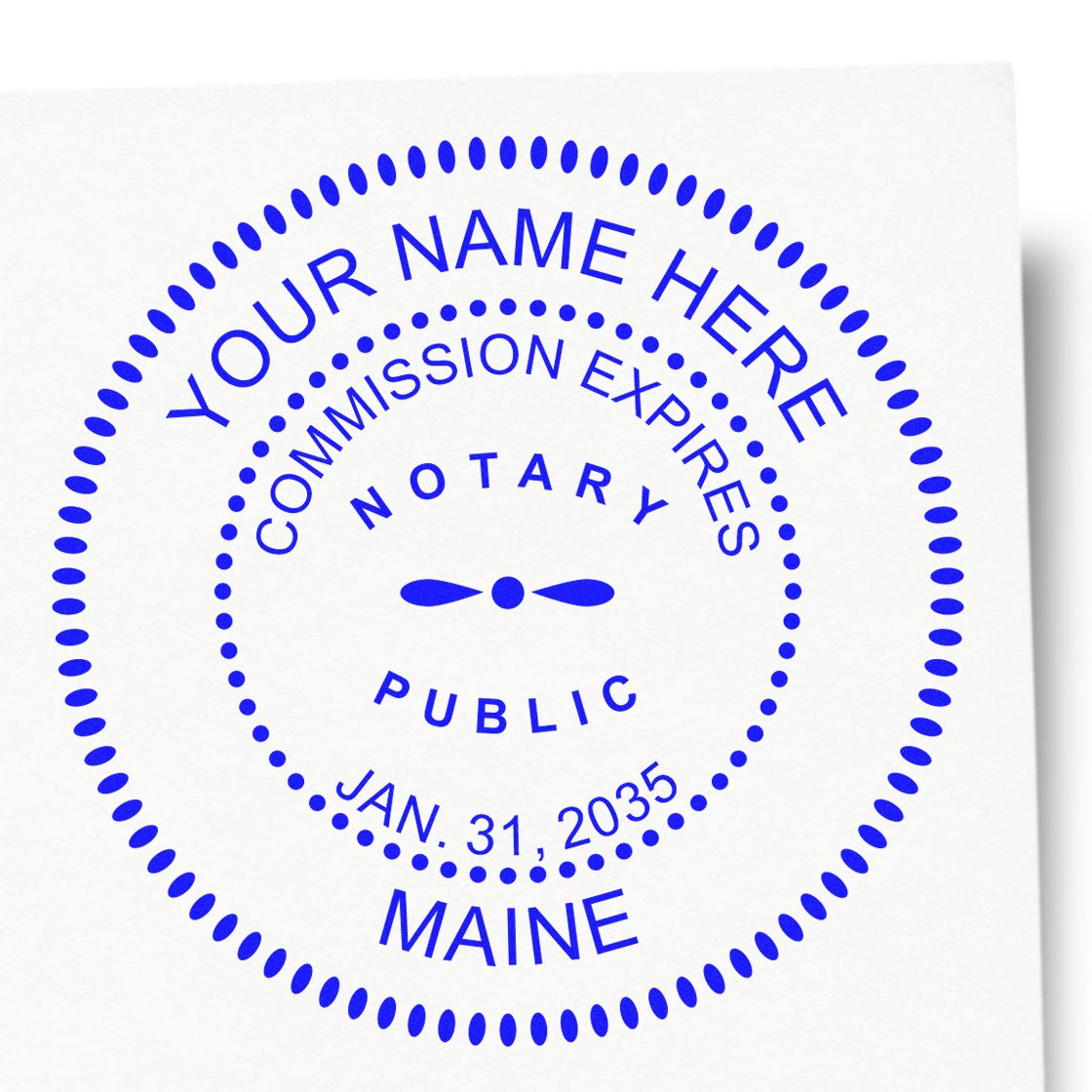The Importance of the Maine Engineering Seal
The Maine Engineering Seal holds significant importance in the field of engineering. It serves as a mark of distinction and represents the professional expertise and accountability of licensed engineers. Understanding the purpose and significance of the engineering seal is crucial for engineers practicing in the state of Maine.
Understanding the Purpose of the Engineering Seal
The primary purpose of the engineering seal is to ensure the safety and welfare of the public. By affixing their seal to engineering documents, licensed engineers in Maine certify that their work meets the required standards and regulations. The engineering seal is a symbol of the engineer's professional responsibility and commitment to upholding the integrity of their work.
In addition to assuring public safety, the engineering seal also serves as a means of identifying the responsible engineer for a particular project. It provides a traceable record, allowing clients, regulatory authorities, and other professionals to verify the authenticity of the engineering documents and the qualifications of the engineer involved.
Significance of the Maine Engineering Seal
The Maine Engineering Seal carries legal significance and is recognized as a legally binding instrument. It signifies that the engineer who affixed the seal is licensed and authorized to practice engineering in the state of Maine. It is a requirement for engineers to affix their seal to professional documents, such as plans, drawings, specifications, and reports, when they take professional responsibility for the work.
The engineering seal also holds importance in terms of professional reputation and credibility. It distinguishes licensed engineers from individuals who do not possess the necessary qualifications or expertise. Clients, employers, and other stakeholders often look for the Maine Engineering Seal as an assurance of quality and compliance with regulations.
By upholding the significance of the Maine Engineering Seal, licensed engineers contribute to maintaining the standards of the engineering profession and protecting the interests of the public. Familiarizing oneself with the requirements, design features, and proper use of the engineering seal is essential for engineers practicing in Maine. For more information on the specific requirements for obtaining and using the Maine Engineering Seal, refer to our article on Maine PE stamp requirements.
Requirements for Obtaining the Maine Engineering Seal
To obtain the prestigious Maine Engineering Seal, engineers must meet specific requirements set by the state. These requirements encompass both educational qualifications and professional experience, as well as the licensing and registration process.
Educational Requirements
To be eligible for the Maine Engineering Seal, individuals must possess a minimum educational background. They must have obtained a bachelor's degree in engineering from an accredited educational institution recognized by the Maine Board of Licensure for Professional Engineers. The degree program should be in a field of engineering that aligns with the desired engineering discipline.
Professional Experience Requirements
In addition to the educational requirements, engineers seeking the Maine Engineering Seal must also fulfill professional experience requirements. The number of years of experience required varies depending on the individual's educational background:
| Education Level | Experience Requirement |
|---|---|
| Bachelor's Degree | 4 years of qualifying experience |
| Master's Degree | 3 years of qualifying experience |
| Doctoral Degree | 2 years of qualifying experience |
Qualifying experience refers to the progressive experience gained after completing the educational requirements. This experience should be relevant to the engineering discipline in which the engineer is seeking licensure.
Licensing and Registration Process
Once the educational and professional experience requirements are met, engineers can proceed with the licensing and registration process to obtain the Maine Engineering Seal. The process involves the following steps:

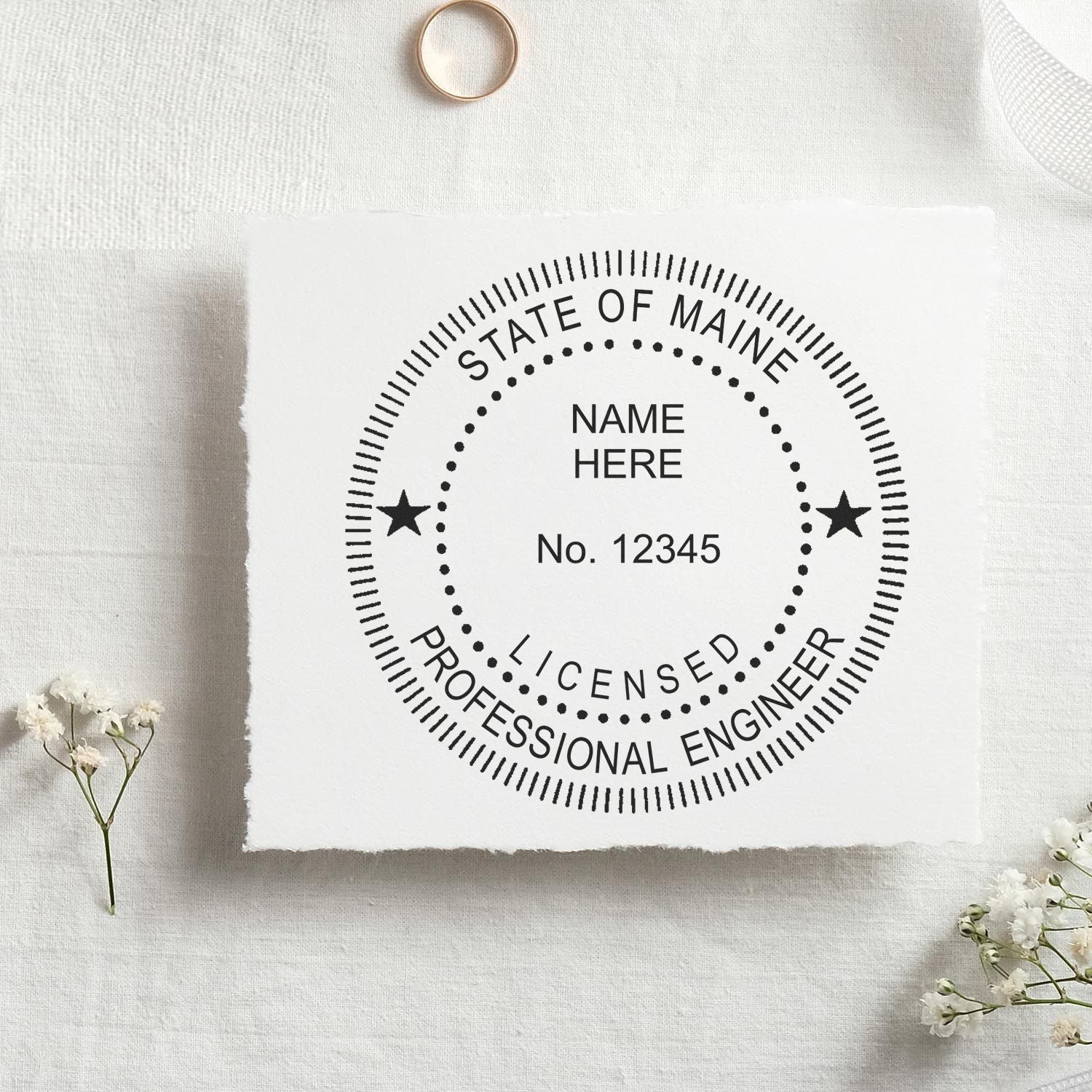
-
Application: Engineers must submit an application to the Maine Board of Licensure for Professional Engineers. The application includes personal information, educational background, and details of professional experience.
-
Examination: Engineers are required to pass the Fundamentals of Engineering (FE) exam, which tests their knowledge of engineering principles and fundamentals. Upon passing the FE exam, engineers can proceed to the next step.
-
Experience Verification: The Board requires engineers to provide documentation of their professional experience, including employment history, project descriptions, and references. This verification process ensures that the engineer has gained the necessary practical experience.
-
Professional Engineering (PE) Exam: After successfully completing the experience verification, engineers must pass the PE exam specific to their chosen engineering discipline. This exam assesses their competency in applying engineering principles to real-world scenarios.
-
Board Review and Approval: Once the application, exams, and verification process are complete, the Maine Board of Licensure for Professional Engineers reviews the application and supporting documents. If all requirements are met, the engineer is granted licensure and receives the Maine Engineering Seal.
It's essential for engineers to familiarize themselves with the specific requirements and guidelines set by the state of Maine. For detailed information on the Maine PE Stamp requirements and guidelines, visit our article on maine pe stamp requirements.
By adhering to these requirements and successfully obtaining the Maine Engineering Seal, engineers can demonstrate their professional competence and commitment to upholding the highest standards of engineering practice.
Design and Features of the Maine Engineering Seal
The design and features of the Maine Engineering Seal play an essential role in representing the professional qualifications and authenticity of an engineer. Let's explore the official design, symbolism, size and placement guidelines, as well as the information to include on the seal.
Official Design and Symbolism
The official design of the Maine Engineering Seal consists of a circular shape. At the center of the seal, you will find the State of Maine Coat of Arms. This emblem symbolizes the historical and cultural significance of the state. It typically features a farmer and seaman supporting a shield that showcases a pine tree, a moose, and a star.
Surrounding the State of Maine Coat of Arms, you will find the text "STATE OF MAINE" at the top of the seal and the text "PROFESSIONAL ENGINEER" at the bottom. The use of these texts reflects the professional qualifications of the engineer affixing the seal.
Size and Placement Guidelines
The size of the Maine Engineering Seal is determined by the requirements set forth by the state licensing board. These guidelines specify the minimum dimensions that the seal should adhere to. It is important to comply with the specified size to ensure the seal is legible and meets regulatory standards.
In terms of placement, the Maine Engineering Seal should be affixed in a prominent location on engineering documents. This commonly includes drawings, plans, specifications, reports, and other documents prepared or approved by a licensed engineer. The seal should be placed in a manner that clearly associates it with the responsible engineer and the work being documented.
Information to Include on the Seal
The Maine Engineering Seal should include certain essential information to maintain its validity and comply with state regulations. The required information typically consists of:
-
Name of the engineer: The seal should clearly display the name of the licensed engineer responsible for the document. This helps to establish accountability and ensures traceability to the individual who affixed the seal.
-
Professional engineer (P.E.) license number: The engineer's license number, issued by the Maine State Board of Licensure for Professional Engineers, should be included on the seal. This number allows for easy verification of the engineer's credentials and helps maintain the integrity of the seal.
Save 7%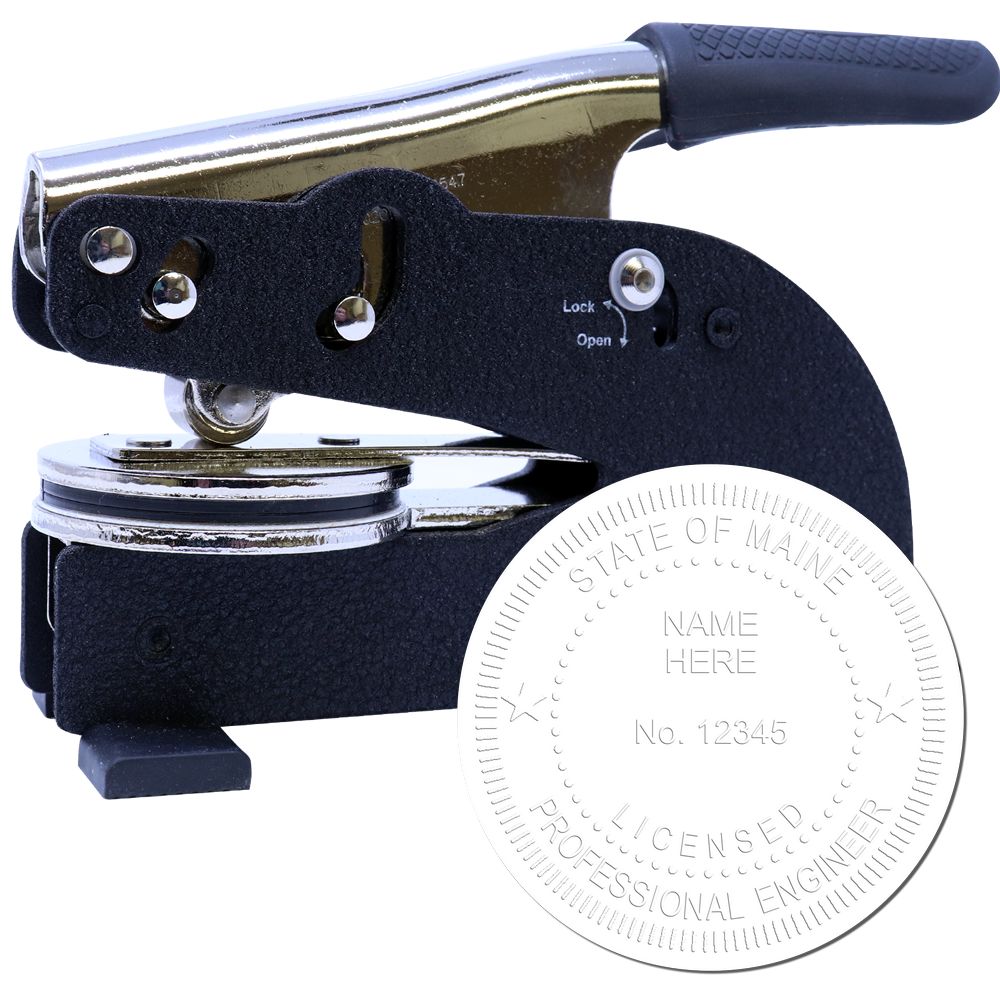
 Long Reach Maine PE Seal for Maine Professional Engineer3022ENG-MESale price$129.95 Regular price$140.00
Long Reach Maine PE Seal for Maine Professional Engineer3022ENG-MESale price$129.95 Regular price$140.00 -
Date of sealing: The date on which the document was sealed should be included on the seal. This provides a reference point for when the engineer reviewed and approved the document.
By adhering to the design, size, and placement guidelines, as well as including the required information on the Maine Engineering Seal, engineers can ensure that their seals are valid and in compliance with state regulations. Remember to refer to the specific requirements outlined by the licensing board to meet all necessary criteria. For more information on Maine PE stamp requirements, you can visit our article on maine pe stamp requirements.
Proper Use and Display of the Maine Engineering Seal
To maintain the integrity and legal validity of the Maine Engineering Seal, it is essential to understand the proper use and display guidelines. Adhering to the legal and ethical obligations surrounding the seal is crucial for licensed engineers in Maine.
Legal and Ethical Obligations
Engineers in Maine have a legal and ethical duty to use the Maine Engineering Seal responsibly and in accordance with the state's regulations. The seal serves as a mark of distinction and signifies that the engineering work has been performed by a licensed professional engineer (PE) who is qualified and authorized to practice in the state of Maine.
Displaying the Maine Engineering Seal on engineering documents is a professional obligation, emphasizing the engineer's accountability for the work and certifying its compliance with applicable standards and regulations. Failure to comply with the legal obligations regarding the use of the seal may result in disciplinary action and potential legal consequences.
Displaying the Seal on Engineering Documents
When using the Maine Engineering Seal, it is crucial to follow the proper guidelines for its display on engineering documents. The seal should be clearly visible and legible, ensuring that it can be easily identified and associated with the responsible professional engineer.
The Maine Engineering Seal should be placed on the engineering document in a manner that does not obscure or interfere with the document's content or clarity. It is recommended to position the seal on the first page of the document, preferably in the bottom right corner. This placement ensures visibility without obstructing the document's main content.
Consequences of Misuse or Unauthorized Use
Misuse or unauthorized use of the Maine Engineering Seal can have severe consequences for both the individual and the profession. It is crucial to understand that using the seal without proper authorization, such as by an unlicensed individual or for work not performed by a licensed professional engineer, is a violation of the law.
Consequences for misuse or unauthorized use of the Maine Engineering Seal may include legal penalties, loss of professional license, damage to professional reputation, and potential liability for any resulting harm or damages.
By understanding and adhering to the legal and ethical obligations surrounding the use of the Maine Engineering Seal, licensed professional engineers can maintain the professional standards and integrity of the engineering profession in the state of Maine. For more information on the requirements and guidelines for obtaining and using the Maine Engineering Seal, refer to our article on Maine PE stamp requirements.
Please note that the information provided in this article is for general guidance purposes only and should not be considered legal advice. Consulting the relevant licensing authorities and legal professionals is recommended to ensure compliance with the specific regulations applicable to the use of the Maine Engineering Seal.

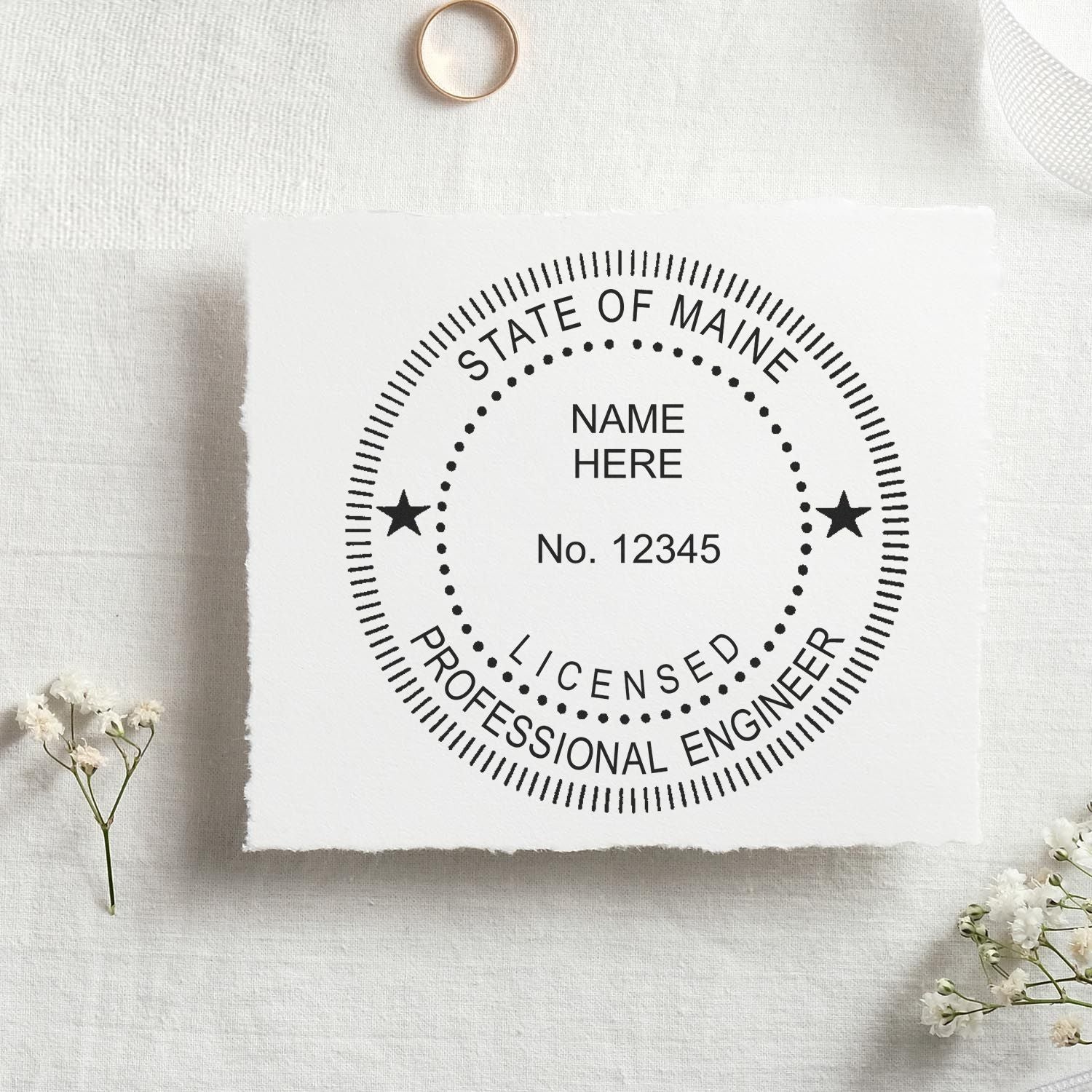
Ensuring Authenticity of the Maine Engineering Seal
When it comes to the Maine Engineering Seal, ensuring its authenticity is of utmost importance. The validity and proper use of the seal play a crucial role in maintaining the integrity of engineering documents and protecting public safety. Let's explore some key aspects related to verifying the validity of an engineering seal, reporting suspected fraud or misuse, and the importance of using a legitimate engineering seal.
Verifying the Validity of an Engineering Seal
Before accepting any engineering documents, it is essential to verify the validity of the engineering seal affixed to them. The Maine State Board of Licensure for Professional Engineers provides a verification process to confirm the authenticity of an engineering seal. This process typically involves cross-referencing the seal's details, such as the engineer's name, license number, and expiration date, with the board's records. This verification helps ensure that the seal belongs to a licensed professional engineer who is authorized to certify the documents.
Reporting Suspected Fraud or Misuse
If you come across an engineering seal that appears to be fraudulent or is being misused, it is crucial to report it to the appropriate authorities. Notify the Maine State Board of Licensure for Professional Engineers or any other relevant regulatory body. Timely reporting helps safeguard the integrity of the engineering profession and protects the public from potential harm caused by unqualified individuals falsely representing themselves as licensed engineers.
Importance of Using a Legitimate Engineering Seal
Using a legitimate engineering seal is not only a legal and ethical obligation but also a mark of professionalism and trust. The Maine Engineering Seal signifies that the engineering documents have been reviewed and certified by a licensed professional engineer, assuring the public and regulatory bodies of their accuracy and compliance with applicable codes and standards. It instills confidence in the quality and integrity of the work performed and reflects the engineer's commitment to upholding professional standards.
It is important to note that the specific requirements and regulations pertaining to the use of the Maine Engineering Seal may vary. Familiarize yourself with the Maine PE Stamp requirements and adhere to the guidelines set forth by the Maine State Board of Licensure for Professional Engineers. For more detailed information on using engineering stamps and seals, refer to our article on professional engineer stamp Maine.
By ensuring the authenticity of the Maine Engineering Seal, reporting suspected fraud or misuse, and using a legitimate seal, we contribute to maintaining the credibility and professionalism of the engineering profession, safeguarding public safety, and upholding the standards set by regulatory bodies.
About ESS
At ESS - Engineer Seal Stamps, precision meets passion. As leading craftsmen in the industry, we meticulously design custom rubber stamps, professional seals, and notary stamps tailored to perfection. But what truly sets us apart is our unwavering commitment to stellar customer service. Every interaction, every product, and every detail is infused with our promise of excellence, further cemented by our esteemed state board guarantee. Our legacy is built not just on the stamps and seals we produce, but on the trust and satisfaction of the professionals we serve. With ESS, you don't just get a stamp; you experience a standard of service that's truly unparalleled.


